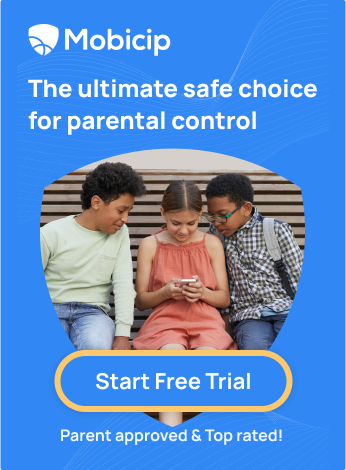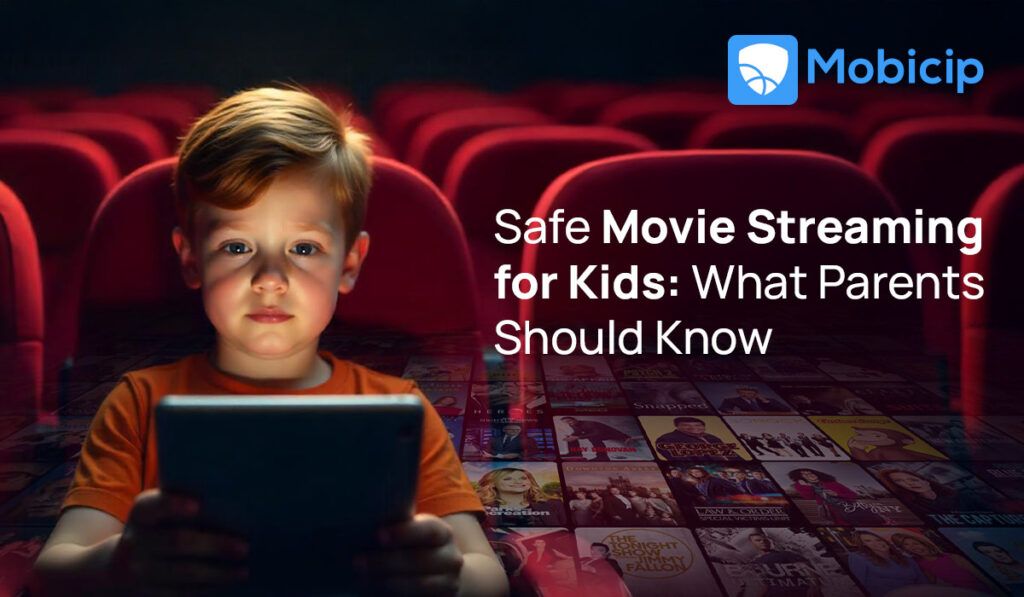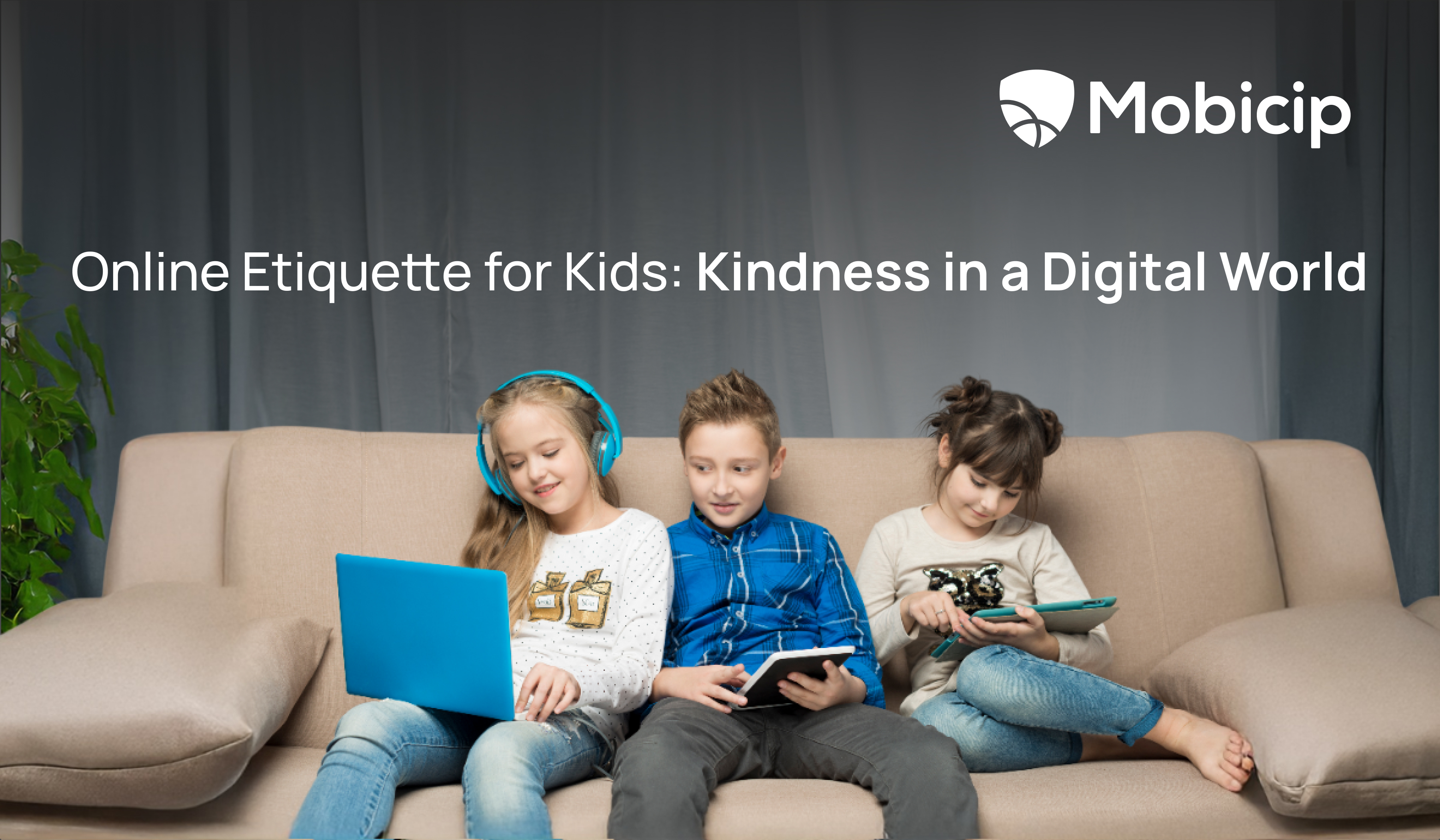Is Spotify Safe for Kids? What Parents Need to Know
Spotify is a Swedish music streaming platform that was launched in 2006.
“If music be the food of love, play on.”
– Shakespeare, Twelfth Night.
And on we played. Indeed, today, it is difficult to be left wanting should one crave to satiate their musical appetite. With music platforms and streaming services like Spotify cropping up everywhere, not to mention the slightly more traditional options of CDs and records available, we are offered a dizzying abundance of choice.

With a large music collection of over 100 million songs and 7 million podcasts as well as a tailored algorithm, Spotify enjoys immense popularity, hosting over 678 million monthly users as of 2024. Spotify may seem like a harmless way for kids to enjoy music and podcasts, but parents have good reason to be concerned. The platform hosts millions of tracks, including songs with explicit lyrics and podcasts that cover mature, violent, or otherwise inappropriate themes. Its algorithm, while powerful, is not designed with child safety in mind and can easily lead young listeners to unsuitable content.
This article explores what parents need to understand about the risks of using Spotify, the practical steps they can take to keep their children safe, and how Mobicip can help. Mobicip offers parental controls that allow parents to filter out explicit content, monitor listening activity, and manage screen time, creating a safer and more age-appropriate streaming experience for kids.
Understanding Spotify
Music streaming is a way of listening to songs and audio content online without downloading them, using platforms that deliver music directly over the internet. Spotify is one such platform that allows its users to stream tracks from its collection. Music Data in streaming is sent across bit by bit in real-time. This data is typically not available to the user indefinitely, such as in the case of downloading, where the user may save the music on their device. Access to this data, especially in the case of streaming services like Spotify, is contingent on the provider.
Spotify allows its users to search for and listen to songs and podcasts while providing typical music player features such as the ability to pause, play, skip, etc. It also curates and presents playlists based on genres, moods, and artists. These playlists can be general or personalized according to a user’s listening history. Users can also create and modify playlists themselves as well as add songs, albums, and playlists that they fancy to their library.
While anyone with an account can access Spotify’s basic features for free, these come with limitations that can only be removed by upgrading to a premium subscription. These limitations include:
- Presence of advertisements in the middle of playback
- Reduced music quality
- Inability to download tracks for offline listening
- Limited number of skips with six skips per hour
- Playlists are automatically placed on shuffle and users cannot manually control the order of the tracks
- Inability to tap back to the previous song
- Limited ability to scrub through songs
- Lack of access to Spotify Connect which allows users to connect
Some limitations, like restrictions on manually selecting songs, don’t apply to all playlists but still affect most of them.
Risks Associated with Spotify
Many people, regardless of age, love listening to music and Spotify’s features make it an appealing choice. However, the abundance of explicit content present on the platform and the lack of control offered by the free version make it necessary for parents to understand the risks involved for a younger demographic.
Exposure to Explicit Content
The regular Spotify service comes rife with explicit lyrics, mature-themed podcasts, and inappropriate album art. A recent update allows users to view music videos for certain songs as well. The platform labels explicit songs, but users can still access them. Explicit and non-explicit songs typically come mixed in publicly available albums and playlists. The Smart Shuffle mode further adds Spotify’s own recommendations to the user’s listening queue with no real filter in place.
Lack of Effective Parental Controls
While it is, as discussed above, easy for children to come across explicit content when using Spotify, it is more difficult for parents to monitor or filter this content. Although all versions of Spotify include a toggle to filter explicit content, only specific plans, like the Family subscription with Spotify Kids, allow parents to actively manage and control what their children can access. These modes are also subject to some limitations. For example, the Family subscription is more expensive than the premium subscription, and Spotify Kids isn’t available worldwide. Furthermore, neither modes offer a comprehensive approach to digital safety.
Social Features and Online Interactions
Although Spotify’s primary purpose isn’t social interaction, it does host certain features that allow users to collaborate and communicate with one another. Users can follow one another, create public playlists for others’ consumption, add playlists created by others to their library, and build collaborative playlists and blends. While largely innocuous, this feature can expose children to strangers and open the room for predatory and inappropriate behaviour. In 2023, for example, an 11-year-old UK schoolgirl’s family contacted a Labour Party MP alleging that their daughter had been targeted by groomers on Spotify. In this case, public playlists were used by the predators to communicate with the child and obtain pictures.
Spotify Kids: A Safer Alternative?
One mode of listening offered by Spotify for children specifically is Spotify Kids. This is a colourful, child-appropriate version of the app that is offered along with the Premium Family subscription plan. Its provisions include:
- Ad-free, kid-friendly content
- Curated channels that offer different genres of music
- Lullabies or bedtime songs for smaller children
- Audiobooks and stories
With Spotify Kids, parents can set up and monitor their children’s accounts. Its features allow parents to:
- Choose the channels their children can listen to
- View their children’s listening history
- Block songs and artists
- Share playlists with their children
Moreover, the app’s settings can only be accessed through a PIN created by parents. These settings can be changed when required.
While these features make Spotify Kids a tempting choice for parents aiming to protect their children from harmful or inappropriate content, it provides limited control beyond offering curated playlists and age-appropriate tracks.
How Parents Can Make Spotify Safer
Ultimately, parents bear the responsibility of safeguarding their children’s online experiences, including music streaming on platforms like Spotify. This means staying informed about potential risks, being proactive in monitoring usage, and guiding their children to make safe and responsible choices while enjoying digital content. Here are some tips to help parents in this important role.
Using Spotify’s Built-in Safety Features
Parents can make use of Spotify’s built-in safety features. They can download Spotify Kids for children, especially those under the age of 12 and thereby manage their kids’ listening activity. Spotify Kids can be obtained by purchasing Spotify’s premium family plan. This plan hosts up to six premium accounts and allows explicit content filtering for multiple members of the family. Explicit content can also be disabled on regular Spotify accounts. The option to allow or disallow explicit content can be found under Settings > Explicit Content. Various artists can also be blocked on regular Spotify accounts.
Educating Kids About Online Safety
Parents need to talk to their children about online safety. This includes educating them on how to recognise predatory behaviour and encouraging them to report such instances to their family. It also includes explaining how some content may contain mature themes and is not appropriate for their age group. Maintaining regular dialogue with children on the content they encounter and interact with online can help keep parents in the loop and know if their ward needs protecting.
Teaching kids about digital responsibility
Digital responsibility goes hand-in-hand with online safety. Teaching children to be digitally responsible plays a key role in protecting them from harm while helping them balance screen time with other important activities.. Here are some examples of responsible habits parents can encourage in their children:
- Avoid sharing personal information with strangers or publicly online
- Approach online content with a critical mindset
- Choose age-appropriate material
- Reach out to a trusted adult if they encounter harmful situations
- Balance screen time with offline activities
- Show respect online and refrain from cyberbullying
Leveraging Third-Party Parental Control Apps
Parents can use third-party apps to monitor online activity, view detailed reports, and manage the content their child accesses. Mobicip is one such service. With its comprehensive parental controls, including web filtering, screen time management, app blocking, location tracking, and real-time monitoring across multiple platforms, Mobicip remains committed to helping parents protect their wards.
How Mobicip Can Help Make Spotify Safer
Here’s how Mobicip can help parents protect kids on Spotify
- Filter explicit content: Mobicip blocks explicit songs, podcasts, and videos on Spotify, ensuring kids only access age-appropriate media.
- App blocking: Parents can restrict access to the Spotify app or certain features if needed, preventing unwanted usage.
- Safe search enforcement: Mobicip enforces safe search settings across devices to reduce exposure to inappropriate content linked to Spotify and other platforms.
- Customizable filters: Parents can set filters based on their child’s age and content preferences, tailoring protections to their family’s needs.
- Real-time monitoring: The dashboard provides live updates on Spotify activity, allowing parents to quickly adjust settings and stay in control.

Conclusion
Music has a constructive effect on children’s health and growth, supporting their emotional well-being and cognitive development. Streaming services like Spotify make this wealth of music easily accessible to kids everywhere. However, ensuring their safety while streaming requires more than just access—it demands vigilance. Protecting children from inappropriate content and online risks involves setting clear rules, maintaining open communication, and teaching critical thinking about what they hear and see. While Spotify provides useful parental controls like Spotify Kids, these alone are not enough. Concerned parents must understand these tools fully and consider additional protections, such as Mobicip, to help create a safe, enriching musical experience for their children.





